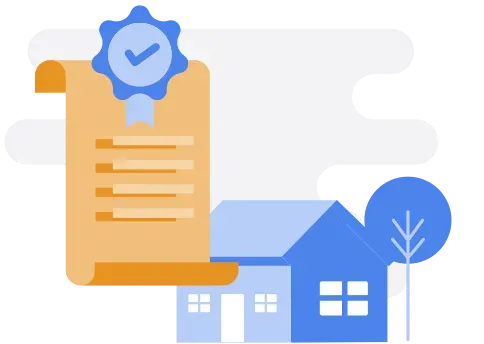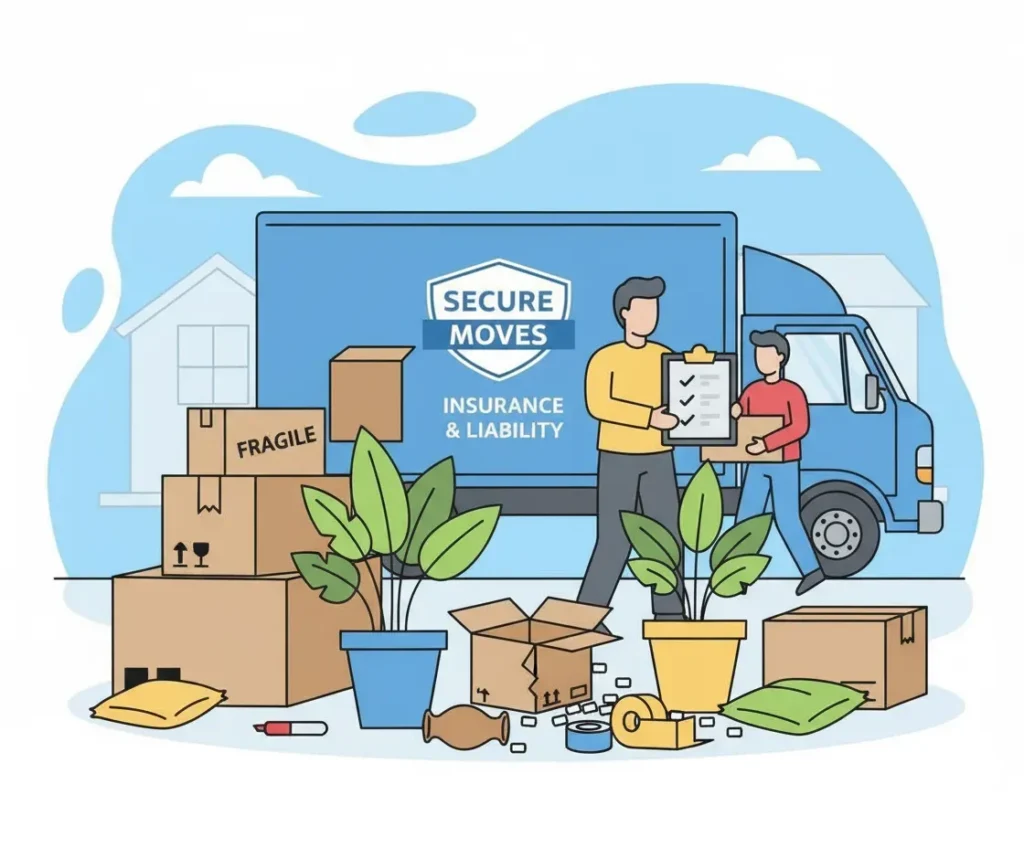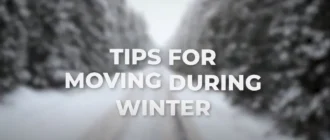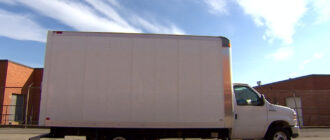Protecting belongings is a core part of planning a smooth relocation. This Quick Move overview explains common protection options, how valuation works, and practical steps to document items and resolve potential claims confidently.
Why protection matters
Even with professional handling and solid packing, moves involve transit, multiple touchpoints, and changing environments that introduce risk. Clear protection terms set expectations, assign responsibilities, and outline how repair, replacement, or reimbursement may occur if items are lost or damaged.
 Coverage categories
Coverage categories
- — Carrier liability: The baseline responsibility provided by movers, offering limited, standardized recovery per agreed terms rather than full market value.
- — Valuation options: Enhanced selections that align potential compensation with a shipment’s declared value and chosen limits.
- — Third‑party insurance: Separate policies from insurance providers that may offer broader or more customized protection than mover‑provided options.
 Valuation approaches
Valuation approaches
- — Released value: A budget‑friendly option with compensation determined by a standard rate or formula, suitable for lower‑value, lower‑risk shipments.
- — Full value protection: A higher tier designed to repair, replace with like kind and quality, or reimburse according to selected terms.
- — Scheduled items: High‑value pieces (art, antiques, instruments, specialty electronics) may benefit from itemized documentation or appraisals to support valuation.
 What protection may cover
What protection may cover
- — Physical loss or damage during packing, loading, transit, and unloading, as defined in the selected terms.
- — Resolution pathways such as repair, replacement with comparable items, or monetary settlement, depending on the option chosen.
- — Packing‑related coverage when items meet specified standards or are packed by professionals, as required by the chosen protection.
 Common exclusions and limits
Common exclusions and limits
- — Pre‑existing damage, normal wear, or inherent vice (fragility or deterioration due to the item’s nature).
- — Damage tied to improper packing when standards are not met.
- — Restricted or perishable contents, live plants or animals, and hazardous items, which frequently fall outside standard protection.
- — Weather, temperature, humidity, or extraordinary events unless specifically included in the selected terms.
 Documentation best practices
Documentation best practices
- — Build an inventory: Record item condition and any prior marks before the move.
- — Use visuals: Capture time‑stamped photos and video before pickup and after delivery.
- — Keep records: Save receipts, warranties, and appraisals for higher‑value items.
- — Note packing details: Track who packed each item and materials used, especially for delicate goods.
 Claims process essentials
Claims process essentials
- — Act promptly: Notify the mover or insurer within the timeframe stated in the protection documents.
- — Submit evidence: Provide inventory references, photos, receipts, and packing notes to support the claim.
- — Understand outcomes: Depending on the selection, resolution may involve repair, replacement of similar kind and quality, or reimbursement.
 Choosing the right level
Choosing the right level
- — Evaluate value and sensitivity: Consider fragility, replacement cost, and sentimental importance.
- — Balance cost and risk: Compare the price of enhanced protection with potential out‑of‑pocket replacement costs.
- — Confirm requirements: Clarify documentation standards, packing expectations, and timelines to keep coverage valid.
 Practical protection tips
Practical protection tips
- — Pack with intent: Use quality materials, dense cushioning for fragile items, and rigid cartons for heavier contents.
- — Carry essentials personally: Keep critical documents, small valuables, and irreplaceable keepsakes with you when feasible.
- — Flag special items: Identify unusually fragile or high‑value pieces in advance for tailored handling and valuation planning.
Quick Move explains available protection options in clear terms, provides documentation guidance, and shares packing recommendations to reduce risk from day one. The team helps compare general protection levels, prepare thorough inventories, and navigate claims procedures with transparency and care.

Contact us:
Phone: +1 (888) 711-4778
Email: [email protected]
Address: 808 Ahua Street, Honolulu, HI 96819





